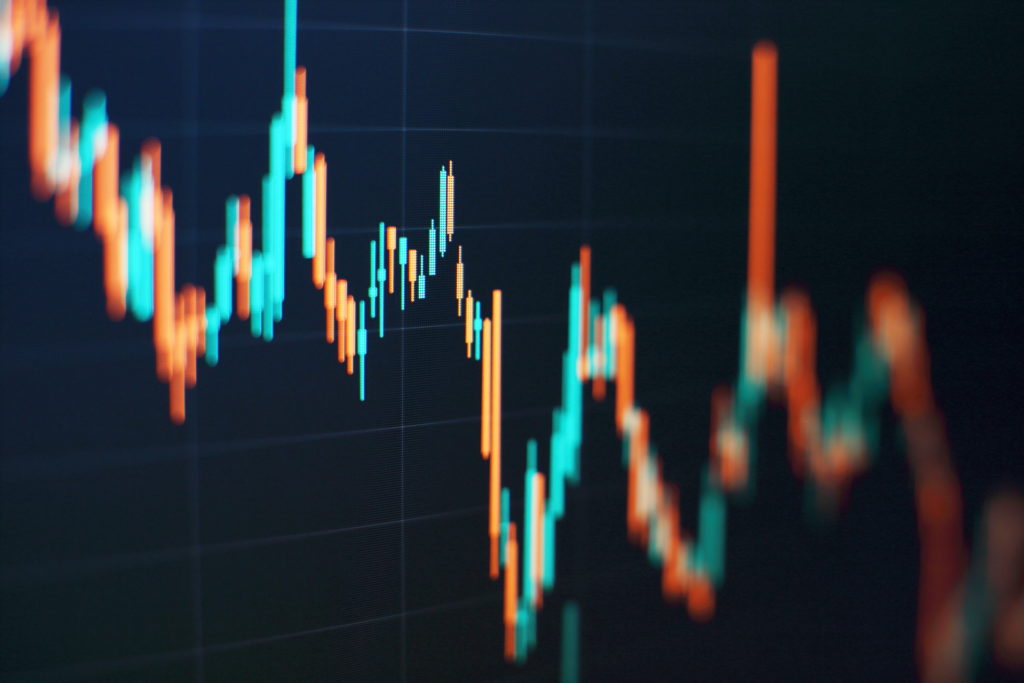
Not yet out of fuel.
Despite five consecutive quarterly gains, the commodity sector looks set to continue higher during Q3-21, albeit at a slower pace, with some of the recent strong drivers starting to lose a bit of momentum. Since the pandemic and global lockdown lows March last year, the Bloomberg Commodity Spot index, which tracks the front-month futures performance of a basket of raw materials from energy to metals and agriculture, has surged higher by 75% to reach a ten-year high. This development has fuelled speculation that we have entered a new commodity super-cycle.
A super-cycle is characterised by prolonged periods of mismatch between surging demand and inelastic supply. These supply and demand imbalances take time to correct due to high start-up capex for new projects, along with the time needed to harness new supply. For example, in the copper industry it can be ten years from decision to production. Such long periods often cause companies to postpone investment decisions while waiting for rising prices, at which point it is often too late to avoid further price gains.
Previous demand-driven super-cycles included rearmament before WW2, and the reform of the Chinese economy which accelerated following its accession to the WTO in 2001. Up until the 2008 global financial crisis China’s unstoppable appetite for raw materials helped drive the Bloomberg Commodity Spot index up by almost 350%. Super-cycles can also be supply driven with the most recent case being the OPEC oil embargo of the 1970s.
Some economists believe the current boom in commodity prices is cyclical rather than structural as it has been driven by exceptionally strong Chinese demand. This demand is now slowing as credit tightens, while stimulus-induced growth in Europe and the US is overlaid with supply chain disruptions. Adding to this are key food commodities at multi-year highs following the worst Brazilian drought in 90 years, strong Chinese demand for animal feed, and increased competition for edible oils from the biofuel industry.
However, we believe individual developments across the three sectors will continue to add support. While not in short supply, the oil market will be supported by a period of synchronised global demand growth where OPEC+ can increasingly control the price given the prospect of a lack of response to higher prices from non-OPEC+ producers; this is especially true for those producers in North America who are no longer pumping at all cost. In metals, the combination of increased government spending on infrastructure and decarbonisation will continue to drive strong demand for metals including copper and iron ore—the key ingredient to make steel—as well as aluminium, zinc and even semi-industrial metals such as silver and platinum. On top of this is the prospect for increasingly volatile weather potentially preventing a much-needed stock build in key agriculture commodities.
It’s also our view that rising inflation is likely to be longer-lasting than transitory, thereby creating continued demand from investors as they will need real assets such as commodities to hedge their portfolios. Combining this with our overall negative dollar view, precious metals— both gold and silver—should continue to attract demand, especially if an expected rise in Treasury yields are driven by rising inflation expectations, thereby preventing real yields from rising too far.
Tightening market conditions emerging during the past six months are another reason why, for the first time in a number of years, asset managers are once again viewing commodities as an interesting investment case. With several commodities seeing tightening conditions their forward curves have moved in backwardation, meaning the front month contract trades are at a premium to the deferred. The higher the spread, the higher the yield that can be harvested when rolling futures contracts out the curve. A positive one-year roll yield has emerged across a majority of major commodities, with agriculture and energy futures yielding the highest carry.
While rising physical demand is seen as the main reason behind the continued run up in commodity prices, investment demand plays an equally important role. What they both have in common is that the vast majority of investment flows from asset managers and hedge funds into commodity investments and will eventually find its way to the futures market. These investments flows, which often are initiated for reasons that have nothing to do with individual commodity fundamentals, are therefore adding a layer of support. Examples of motives for asset managers deciding on a broad commodity investment, apart from the fear of missing out (FOMO), can be momentum and hedging against rising inflation and a weaker dollar, both triggering reallocations from other asset classes.
Three of the best-known commodity indices that in some form are tracked by billions of dollars are the Bloomberg Commodity index, the S&P GSCI and the DBIQ Optimum yield diversified commodity index. Exchange-traded fund providers such as Invesco, iShares, iPath and WisdomTree offer different varieties of these commodity indices. Some aim to track the index with no discretion while others look to optimise the return by finding the most opportunistic location on the futures curve to invest.
Ole Hansen, Head of Commodity Strategy, Saxo Group
